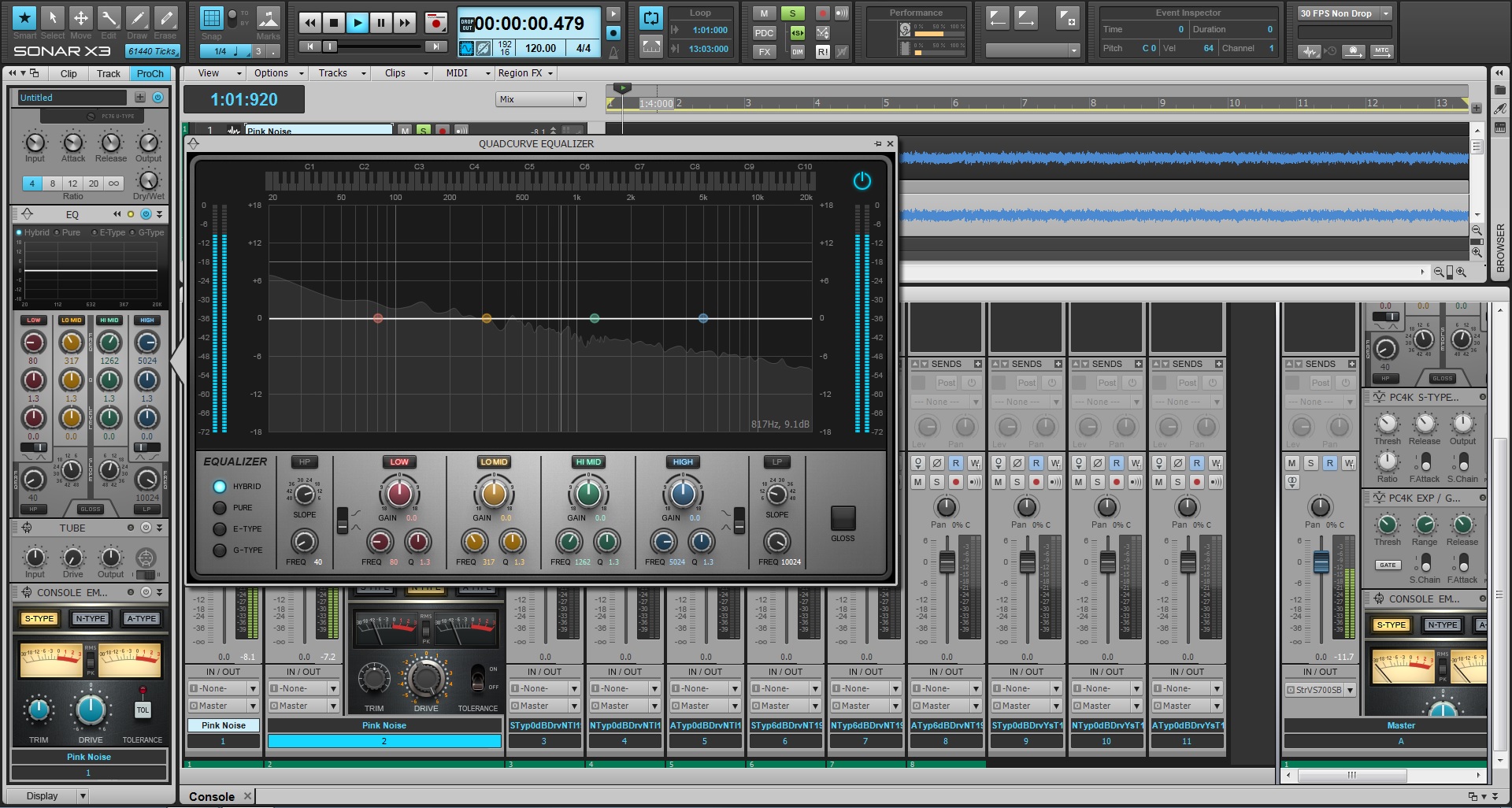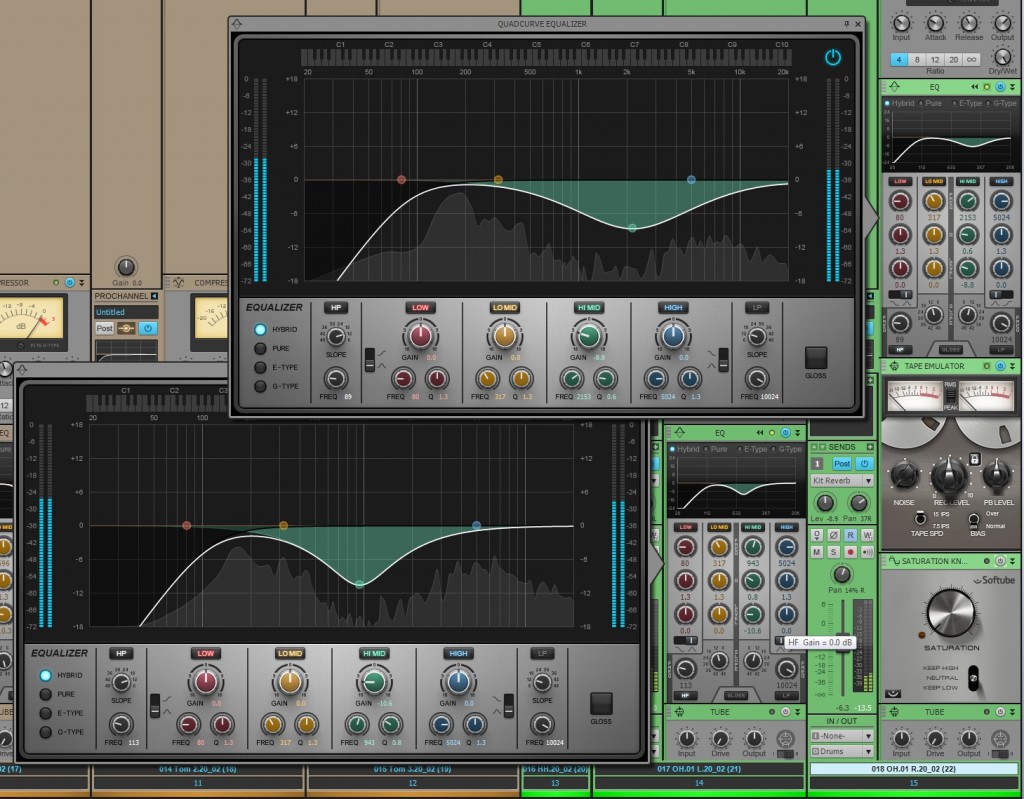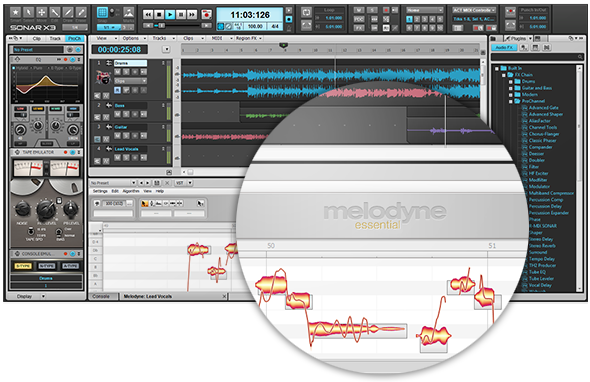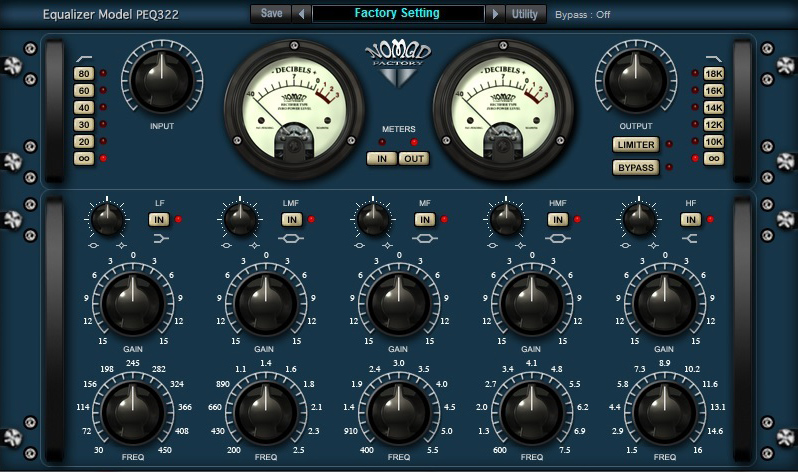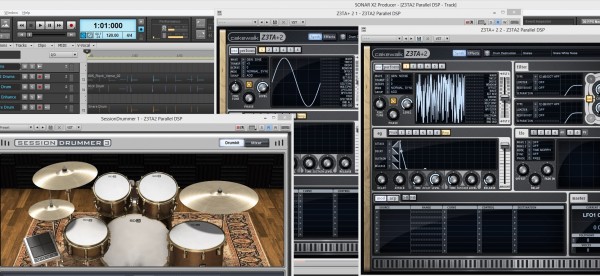
Whether you update SONAR every month or not, this month is a great time to hit the C3 button. Besides the new cutting edge LP mastering plug-ins, we have worked hard and closely with our good friends at Overloud to deliver something that can truly change your sound as a SONAR user. TH3 Cakewalk has arrived and will now replace TH2 moving forward, and I had the opportunity to run the beta for the last month building some basic presets for the plug-in. Right out of the gate I found this VST3 to be a nice upgrade from its predecessor TH2.
Now I am absolutely nothing close to a guitar wizard, but I have been hacking around since I picked up the instrument at age 5, so I’ve been around the block with guitar tones touring, producing, engineering, recording, etc. like a lot of folks probably reading this. From a production standpoint, I’ve always loved the convenience of amp simulators, but always hated what would happen to the tone when trying to mix them together with drums that had been recorded with 1073’s, API’s or other heavy duty pres and mics… the tone gets small pretty fast. In my opinion, this is something that Overloud in general has excelled at—DSP and algorithms that truly stay at the front of the mix no matter what the context. TH3 brings this concept to even another level. Here are some of my quick thoughts and findings.
Sounds
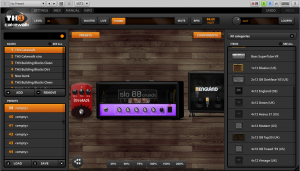 There are a lot of changes with the new TH3 Cakewalk including the new and upgraded User Interface which I will get into, but I bet a lot of folks like me really base their judgments on how things sound. The good news is that once you are up and running with the plug-in you will notice a nice improvement on the sound quality from TH2 Producer/Cakewalk. 5 new amp models with more accurate model reproduction are included in TH3 Cakewalk, and all have improved DSP along with enhanced preamp and power amp stages. To my ear, I notice a more “open and natural” sound in general, but also notice a more responsive relationship between the pick and the strings in terms of “feel”—like when you play a guitar through an amp that just had the tubes replaced. I also notice more presence overall, but the right type of presence without harshness. The low-mids and mids are thick and punchy and I especially love the new Slo88 and Tweed Deluxe amps which have a lot of character. The Bassface is a beast as well; this amp is a secret weapon for many rock producers who use it to double rhythm guitar parts recorded with other amps. Blending these two sources together produces a tone that is about as thick as it gets.
There are a lot of changes with the new TH3 Cakewalk including the new and upgraded User Interface which I will get into, but I bet a lot of folks like me really base their judgments on how things sound. The good news is that once you are up and running with the plug-in you will notice a nice improvement on the sound quality from TH2 Producer/Cakewalk. 5 new amp models with more accurate model reproduction are included in TH3 Cakewalk, and all have improved DSP along with enhanced preamp and power amp stages. To my ear, I notice a more “open and natural” sound in general, but also notice a more responsive relationship between the pick and the strings in terms of “feel”—like when you play a guitar through an amp that just had the tubes replaced. I also notice more presence overall, but the right type of presence without harshness. The low-mids and mids are thick and punchy and I especially love the new Slo88 and Tweed Deluxe amps which have a lot of character. The Bassface is a beast as well; this amp is a secret weapon for many rock producers who use it to double rhythm guitar parts recorded with other amps. Blending these two sources together produces a tone that is about as thick as it gets.
New amps in TH3 Cakewalk:

Bassface 59: Model of a classic american “bass” combo amp, tuned to be great for rhythm and blues playing on guitar once overdriven
Continue reading “How the new "TH3 Cakewalk" Will Elevate Your Recordings in SONAR”


